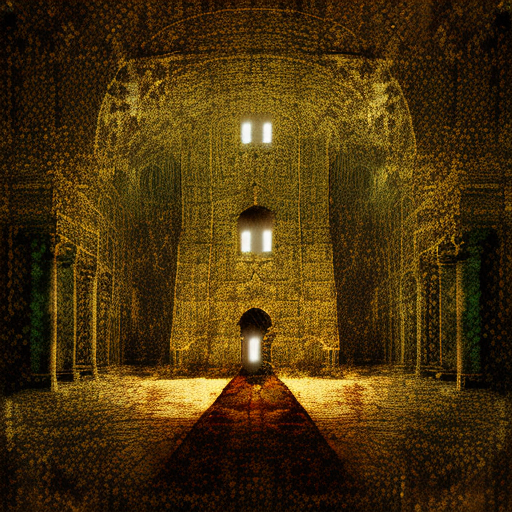One-line summary: House of Leaves is a mind-bending, genre-defying novel that explores the terrifying depths of a house that is larger on the inside than it is on the outside.
The Story:
House of Leaves, written by Mark Z. Danielewski, is a complex and unconventional novel that defies traditional storytelling. The book is presented as a collection of found documents, including academic papers, interviews, and personal accounts, all centered around a mysterious house that defies the laws of physics.
The story begins with Johnny Truant, a tattoo parlor employee who discovers a manuscript titled “The Navidson Record” in the apartment of a deceased old man named Zampanò. Intrigued, Johnny starts reading the manuscript, which tells the story of Will Navidson, a famous photographer, and his family who move into a house that is larger on the inside than it is on the outside.
As the Navidson family explores the strange dimensions of their new home, they discover a dark hallway that appears to extend infinitely. This discovery leads to a series of terrifying events, including unexplained noises, strange writings on the walls, and a growing sense of dread. Will documents everything with his camera, creating a documentary known as “The Navidson Record.”
The Structure:
What sets House of Leaves apart is its unique structure. The book is a labyrinth in itself, with multiple narratives, footnotes, and typographical experiments that mirror the disorienting nature of the house. The text is often presented in unconventional ways, with words scattered across the page, upside-down sentences, and footnotes that go on for pages.
Danielewski’s use of typography and formatting adds an extra layer of complexity to the story, forcing readers to physically interact with the text. The unconventional structure mirrors the disorienting experience of exploring the house, blurring the lines between reality and fiction.
The Themes:
House of Leaves delves into a multitude of themes, including perception, reality, and the nature of fear. The house itself becomes a metaphor for the human psyche, with its ever-shifting dimensions representing the depths of the human mind. The novel explores the limits of human perception and the ways in which our minds can distort reality.
Another theme explored in the book is the power of storytelling. Through the various narratives and documents, House of Leaves examines the ways in which stories shape our understanding of the world and our place in it. The novel challenges traditional storytelling conventions, inviting readers to question the reliability of the narrators and the nature of truth.
Key Takeaways:
- The unconventional structure of House of Leaves mirrors the disorienting experience of exploring the mysterious house.
- The novel explores themes of perception, reality, and the power of storytelling.
- House of Leaves challenges traditional storytelling conventions and invites readers to question the nature of truth.
“The house is the labyrinth. We are the Minotaur.”
House of Leaves is a mind-bending journey that pushes the boundaries of what a novel can be. With its unconventional structure, complex themes, and terrifying exploration of the human psyche, it is a book that will leave readers questioning their own perceptions of reality.












